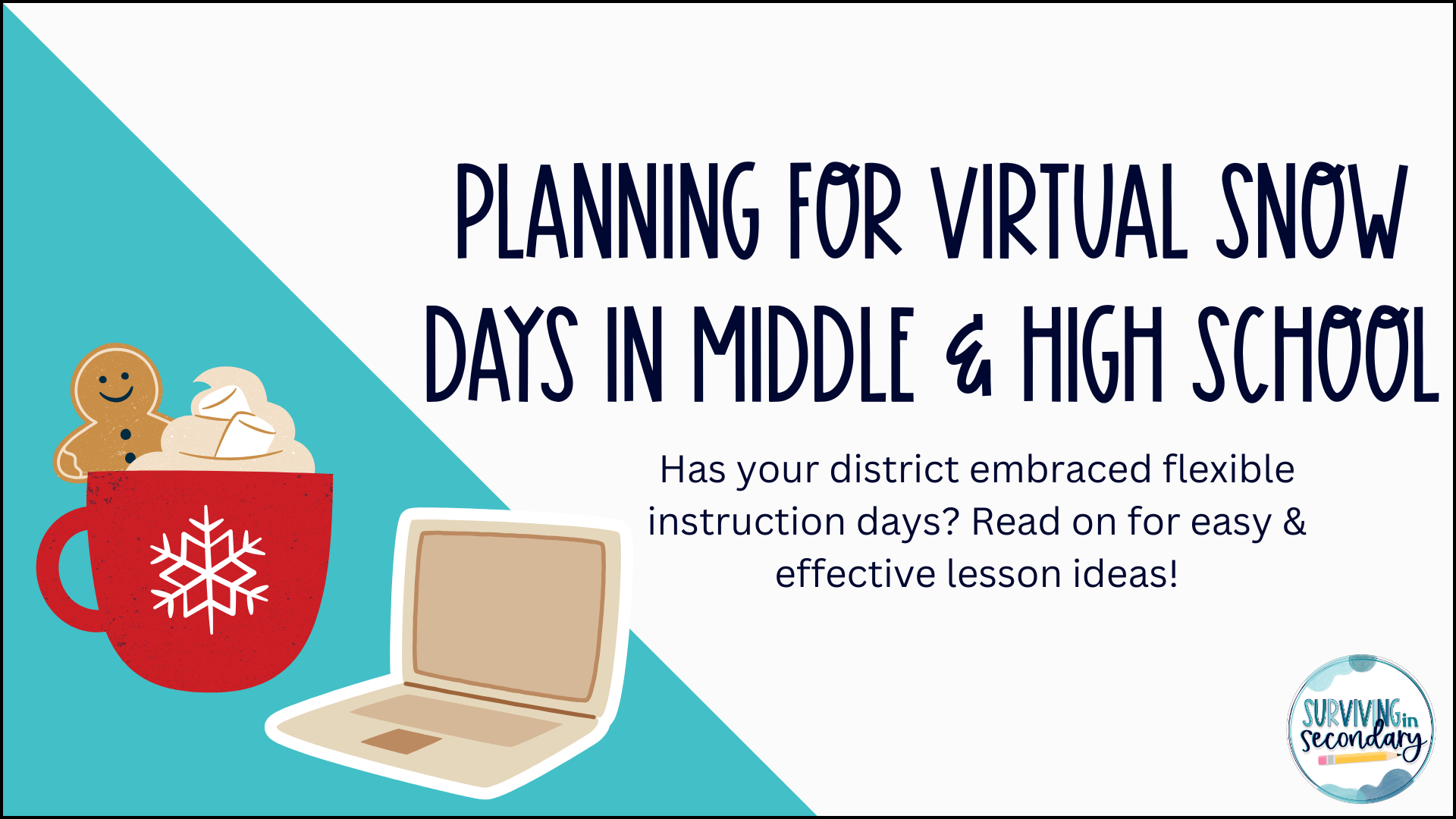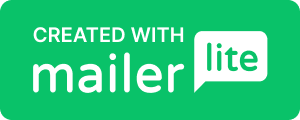Planning for Flexible Instruction Days in the Secondary Classroom

By Kasi @ Surviving in Secondary
Winter 2025 has already seen its fair share of snow days in the south, fires in the west, and blizzards in the east. Social media influencers are posting reels asking followers to take back their weather — because it seems to be lost! It’s no hidden secret anymore that our global weather patterns are shifting, creating more intense and extreme weather events. Now, we could do the climate change debate…but that’s not what this blog post is about, and honestly, at this point, our blood pressure is probably high enough from our daily classroom demands. But here at Surviving in Secondary, our hope is to support you by making the daily grind a little more manageable and maybe, just maybe, help take a minute of stress out of your day.
So, back to the topic. Flex Days, FIDs, Virtual Inclement Weather Days — whatever your school labels them — have become a powerful tool to ensure learning continues even when students can’t physically attend school. But how can we make the most of these asynchronous days to keep secondary students engaged and progressing academically? Here are some ideas to maximize their learning time, provide important feedback, and foster student independence…all while you're at home shoveling your driveway, making your toddler’s lunch, or supporting your community's needs.
The Power of Review
Flexible days are perfect for reviewing previously covered material. As teachers, we understand the importance of consistent reinforcement to solidify students’ understanding and retention. Review activities can help students revisit essential concepts, practice skills, and prepare for upcoming assessments. This is also a great time to focus on skill deficits and offer tailored review activities. For instance, math students who frequently make errors by dropping the negative sign when solving systems of equations could benefit from reviewing mixed operations involving negative integers. Reviewing targeted areas ensures students receive meaningful practice and experience success.
The Teacher Challenge of a Flex Day
One of the challenges of sudden asynchronous learning is the lack of immediate teacher feedback. As teachers, it’s our responsibility to assign activities and practice opportunities that foster independence while still providing feedback for our students during this time. Thankfully, that’s where self-checking practice comes in (thank you, technology)! Self-checking activities provide real-time feedback, allowing students to check their own work. These resources can boost student confidence, encourage independence, and provide instant insights into their understanding, all while making it easier for you as the teacher to assess their work and determine the grade they earned!
The key to successful self-checking is teaching students to approach it as a learning opportunity, not just a way to get the “right” answer. Encourage them to analyze their mistakes and think critically about how they can improve. Self-checking activities aren’t just for math skills or inputting numbers; they can be used across all content areas. For example, students can identify grammar mistakes in a sentence, answer questions based on a historical timeline, or match vocabulary terms based on a description or definition. This versatility makes self-checking options valuable for every subject.
When designing review activities for flexible days, consider…
Using digital tools: Online flashcards (hi, Quizlet!) or interactive apps can make review more engaging while providing feedback for both you and your students.
Interactive online platforms: Websites like Blooket, Quizizz, or Google Forms with auto-grading features offer quick feedback and allow flexibility. Many of these platforms have premade or publicly shared activities. Make sure to search them first before reinventing the wheel!
Video solutions: Edpuzzle and Nearpod are two platforms with 1,000s of videos on common academic topics with embedded questions for students to answer as they watch. You can even upload your own videos to support the unique needs of your classroom!
Self-Checking Digital Practice: Don’t tell the other options…but this one is our favorite! Whether for a flex day, classroom practice, or homework assignment, these Google Sheets-based practice assignments are a blast. These resources often include a unique gamified component, such as a cryptogram, mystery picture, or even competition to keep students engaged while answering questions!
Here at Surviving in Secondary, we have compiled a number of different self-checking digital practice activities to support various content areas. Check out. the links below for some examples!
Want to see more? Click the link here to explore our digital resources and find the perfect one for your classroom!
Keeping Students on Track
To ensure students stay engaged during flexible days, we recommend the following:
Set clear expectations: If you’re like us, you're monitoring the weather forecast hourly when there is the possibility of a schedule change. Before throwing ice in the toilet and wearing your jammies inside out, do some classroom housekeeping and inform your students of what you expect in the case of a flex day. What will the assignment be about? Where can they find it? When do assignments need to be completed? Where do they go for up-to-date information? Outline tasks and deadlines, and remind students of the importance of staying accountable and reaching out if they need help.
Make it interactive: Assign activities that students need to engage with, whether it’s a discussion board, answering questions, or completing a quiz review.
Follow up: Review their work or address common challenges when you return to the classroom. Make sure students know their time was not wasted!
Empowering Students Beyond the Classroom
Asynchronous instruction days don’t have to mean compromising quality teaching and learning. With thoughtful planning and the right tools, these days can be an opportunity for meaningful review and self-directed learning. By focusing on review activities and self-checking practices, secondary students can take charge of their progress and come back to class ready to build on their knowledge. Let’s use these moments to empower our students and show them that learning can happen anywhere, anytime—even when the weather has other plans!
Questions? Ideas to share? We’d love to chat! Send us an email at hello@survivinginsecondary.com, and we’ll get back to you as soon as we can.
Let's keep in touch! Fill out the form below to join our email list for updates, exclusive freebies, giveaways, and more!
Thanks for joining us!
Check your email :)
